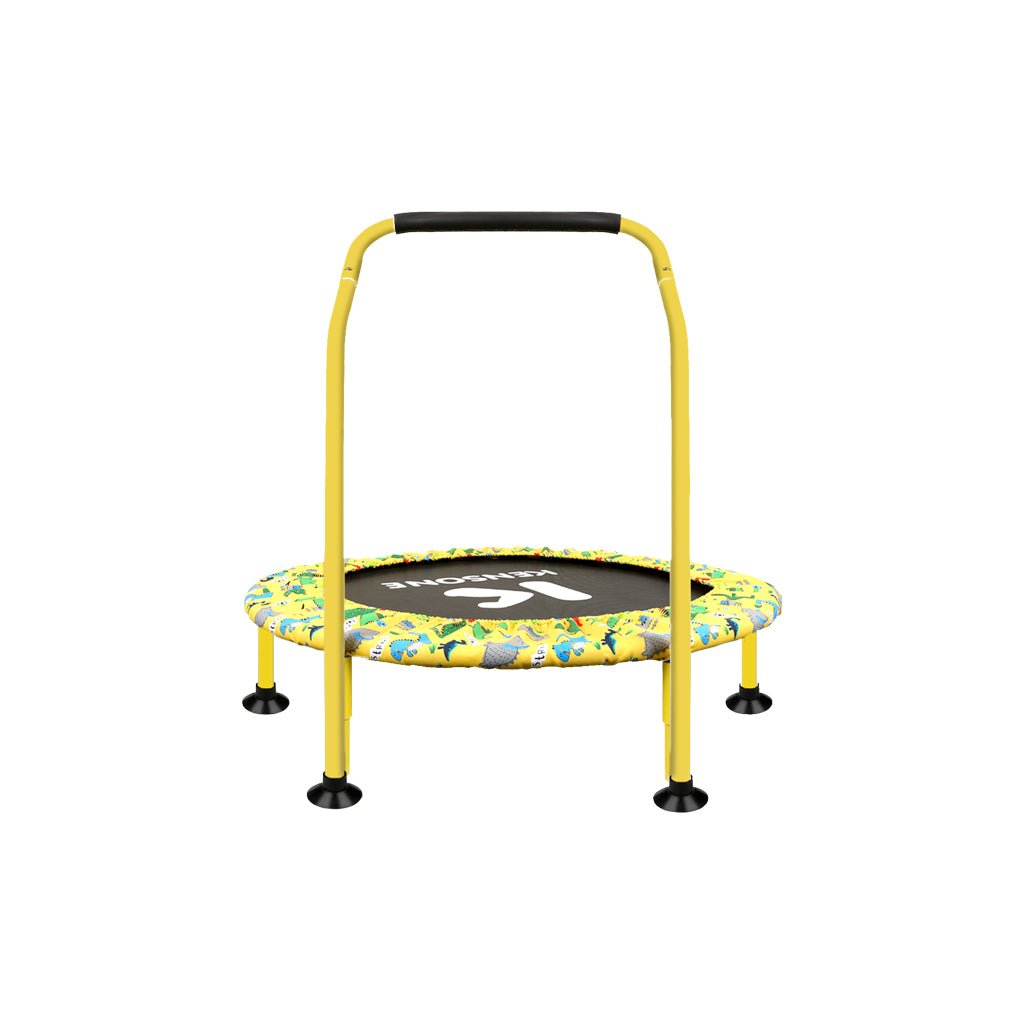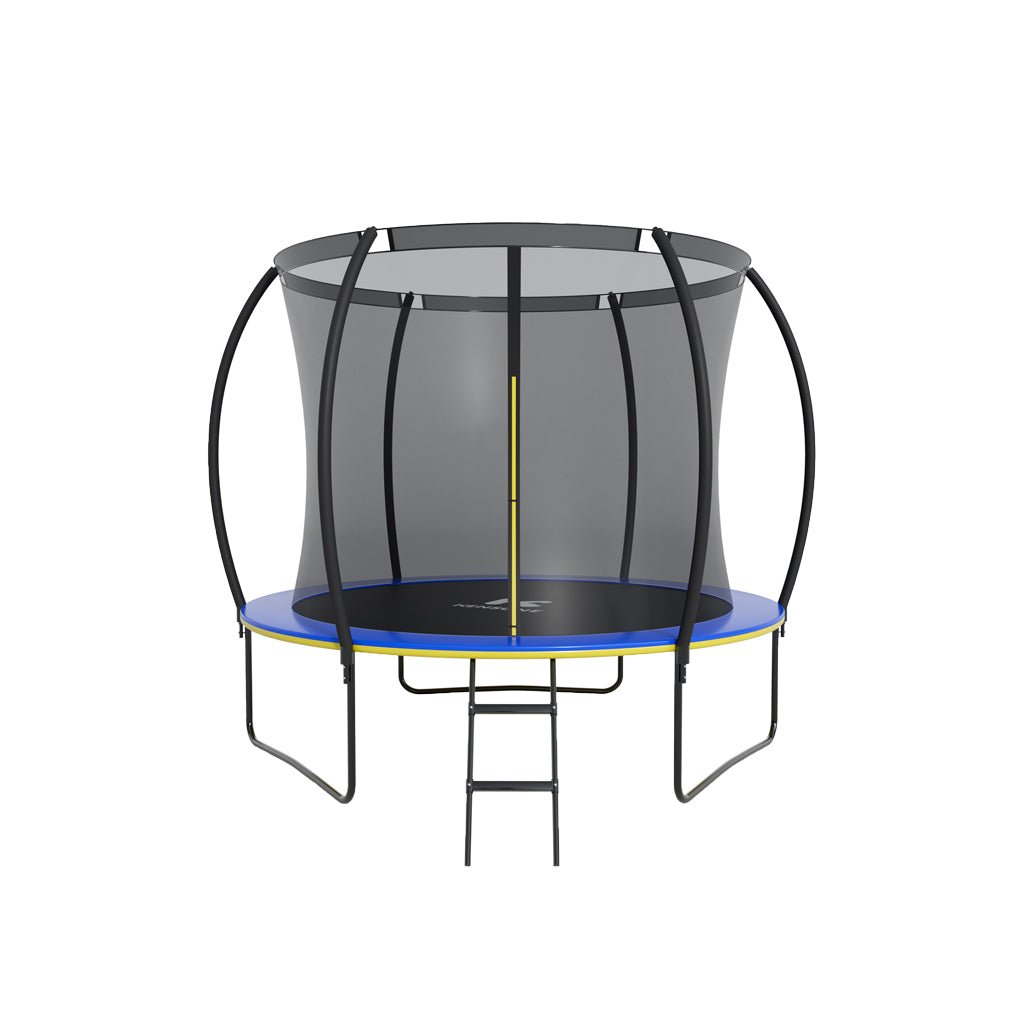Trampoline Exercise: A Fun Way to Improve Development of Children with Autism
Trampoline exercise has become increasingly popular as a fun way to work out. But did you know it may also help children with autism spectrum disorder (ASD)? A recent study published in Autism and Developmental Disorders examined the benefits of trampoline exercise for improving motor and social skills in children with autism.
The study was conducted by researchers at the STAR Institute in Colorado, USA. It consisted of two parts - a pilot study with 3 children to test feasibility, and an intervention study with 28 children aged 4-10 years.
For the pilot study, 3 children with ASD and sensory issues participated in 10 trampoline sessions over 5 weeks. This helped test out the procedures and outcome measures.
For the intervention study, 28 children were divided into 7 small groups. Each group had 8-10 trampoline sessions over 10 weeks. Each session was 50 minutes, guided by occupational therapists. The trampoline exercise involved games, music, and social interaction.
Outcomes on motor skills like standing long jump and balance, as well as social skills per parental reports, were measured before and after the sessions.
The pilot study found measures like standing long jump were sensitive for detecting changes. In the intervention study, statistically significant improvements were seen in standing long jump distances (from 31.5 to 38.5 inches on average). Parental reports also showed enhanced social skills like self-confidence, rule following, and peer interactions.
According to the researchers, trampoline exercise offers a fun, non-competitive environment that motivates participation in children with developmental issues. The group format also encourages social engagement. These results provide initial evidence that trampoline exercise may be an innovative approach to improve both motor and social skills in children with ASD.
However, there are some limitations. The sample size was small without a control group. The intervention duration was also short. Further studies with more rigorous designs are needed to validate the results.
Nonetheless, this exploratory study opens up new possibilities for using trampoline exercise in special education and rehabilitation settings. The engaging group activity format caters well to children with special needs. Schools could consider offering trampoline programs adapted to different motor and social abilities. Parents may also enroll their children in inclusive trampoline classes with peer modeling and interaction.
Turning exercise into play, trampoline workouts could help children with ASD improve fitness and focus while also learning social skills with peers. More research is still needed, but current findings are promising for this fun approach to boost development.
References:
Schoen, S., Einck, C., Spielmann, V., Valdez, A., & Miller, L. (2019). A Trampoline Group: Feasibility, Implementation, and Outcomes. Autism and Developmental Disorders. https://doi.org/10.17759/autdd.2019170206.









